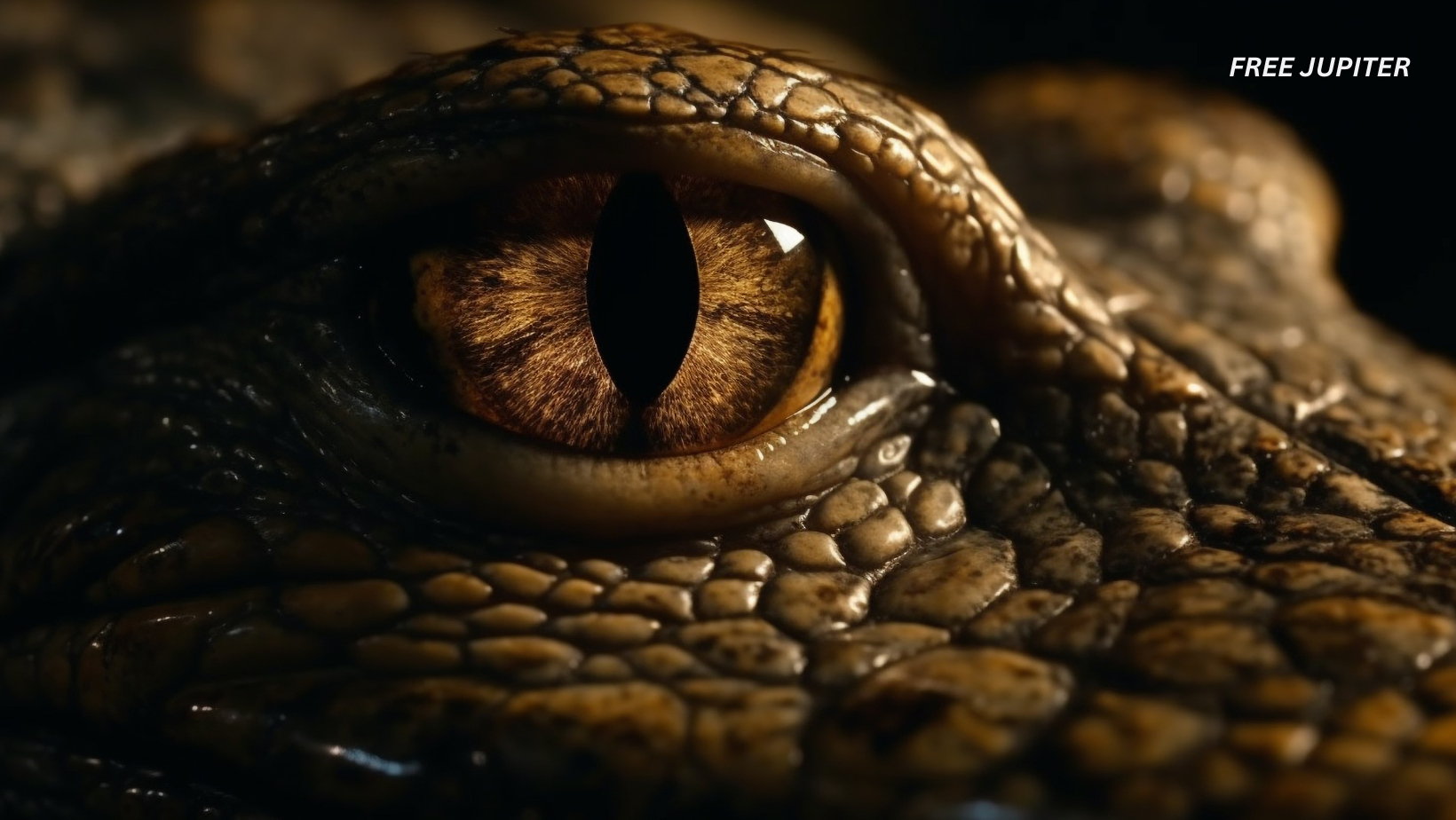In the tireless quest for historical fact, scientists often rely on an arsenal of sophisticated technologies and meticulously developed techniques. Whether drilling miles into glacial ice for climate information, sorting through stratified layers of rock for prehistoric life, or using ground-penetrating radar to uncover buried tombs, scientists are constantly discovering new ways to bring the past to life. But sometimes, the portal to ancient wisdom lies in the most unlikely of places—like the belly of a very long-dead crocodile.
At the center of this remarkable story is a three-thousand-plus-year-old mummified crocodile, whose remarkably preserved corpse has stunned specialists and attracted worldwide attention. Classified officially as specimen 2005.335, the crocodile resides at the Birmingham Museum and Art Gallery in the United Kingdom. The 7.2-foot-long beast had long slept behind the glass—until latest imaging technology uncovered the secrets lying deep within the ancient creature’s body.
Why This Crocodile Was Special
Crocodile mummies are not uncommon in Egyptian archaeology; thousands have been found all over the country. But what made this individual special was not how big it was or where it was, but the preservation of its internal organs. Unlike the mummification process of humans, which has been well documented to involve the systematic evacuation of internal organs and the embalming using resins and natron, crocodiles dedicated to gods were left intact. This variation, which was once regarded as unimportant, has proven to be a treasure trove for scientific investigation.
The well-preserved internal anatomy provided researchers at the University of Manchester with a unique chance. Instead of disrupting the integrity of the mummy by invasive dissection, they used sophisticated non-invasive equipment—such as high-resolution X-rays and computed tomography (CT) scans. These enabled scientists to look into the crocodile’s remains without unwrapping a single thread of its linen bandages.
Read more: Study Says That Crows Can Hold A Grudge For Up To 17 Years
Findings Inside: Beyond Gastroliths
When they scanned the reptile’s belly, the crew hoped to discover a cluster of gastroliths—small pebbles that are often consumed by crocodiles to assist with digestion and buoyancy. And there were several of them. But to everyone’s surprise, the scans also picked up something much less expected: a bronze fishhook stuck in the crocodile’s stomach, along with bits of partially digested fish and bait components.
This discovery instantly raised a critical question: Had the crocodile died soon after swallowing the baited hook, and was this one of a planned capture?
The evidence pointed strongly in that direction. The hook’s position and the level of digestion indicated the animal had not survived long after its last meal. The gastroliths, normally deeper in the stomach, had not even arrived yet. This timing provided a strong clue that the crocodile had been caught actively—presumably by experienced ancient Egyptian fishermen—just before it was sacrificed.
An Offering to Sobek, the Crocodile God
To best grasp this finding, it is important to consider the religious and cultural traditions of ancient Egypt. Along the Nile River Valley, the crocodiles were feared but also respected. They brought about awe not only because of their brute force and powerful dominance of the waters, but also due to their amazingly gentle demeanor with their children. This contrasting mixture of strength and gentleness rendered the crocodiles ideal representatives of the deity Sobek.
Sobek, the most intricate of the Egyptian gods, was commonly represented as a man with a crocodile’s head. He was associated with fertility, warfare, and protectionparticularly war or plague. Sobek temples prospered across the country, especially in the Faiyum region, where priests bred crocodiles in temple pools to be mummified and ritually sacrificed later.
The presence of the bronze hook inside the body of the crocodile not only verifies that the animal was caught intentionally but also attests to the intentionality and sophistication of such rituals. The crocodile must have been considered worthy of being an offering to Sobek, symbolically giving back the sacred creature to the god it stood for.
Read more: Newly Discovered Mummies From 7,000 Years Ago Don’t Share DNA With Modern Humans
Recreating the Past With Digital Tools
The implications of this discovery went beyond the hook itself. Using the information gleaned from the CT scans, scientists created a digital 3D representation of the ancient object. This enabled them to examine the hook in detail and, eventually, to recreate it through traditional metallurgy methods. The reconstructed hook is now an interesting museum exhibit that bridges the divide between ancient skill and modern knowledge.
Dr. Lidija McKnight, co-author of the research paper in Digital Applications in Archaeology and Cultural Heritage, said that it is likely ancient Egyptians cast such hooks using clay molds. Molten bronze would have been poured into the molds over open charcoal fires—a method that has stood the test of time and remains employed in some areas today.
“Yet, even with the passage of several millennia between when the ancient fish hook was made and now, the casting is surprisingly similar,” said Dr. McKnight in a media release. This similarity is heartwarming proof that even as tools change, the basic human urge to invent and create endures throughout the ages.
The Rise of Crocodile Cults
In cities such as Faiyum, entire communities existed in the service of Sobek’s worship. Thousands of mummies of crocodiles were found there, as well as many infants wrapped with the same attention and ceremony as their adult counterparts. These findings indicate that crocodiles were kept intentionally in temple ponds and raised specifically for religious sacrifice.
These so-called “crocodile cults” existed for centuries, and their members must have had crucial roles in the religious, social, and political life of their communities. Mummifying crocodiles wasn’t a ritual practice alone—it was an economic and spiritual business. Expert priests managed the breeding and feeding of the animals, artisans created the wrappings, and scribes documented the ceremonies. Thus, the sacrificial crocodile became a living institution, bridging the sacred and the people’s everyday life.
The Spiritual and Symbolic Significance
The Egyptians of old respected animals as representations of divine power. This respect was not superstition, but rather a philosophy that viewed nature as a reflection of the holy. Crocodiles, who could control the Nile and defend their young, were both terrible and tender in nature. They were thus perfect intermediaries in spiritual matters.
The sacrifice of a crocodile was not viewed as cruel or violent but as a sacred offering to guarantee the continued favor of Sobek. The elaborate ritual of mummification—keeping the animal’s body intact for all eternity—was a mark of great respect. These rituals were not merely acts of piety but also a chance to show power, wealth, and allegiance to the gods.
Read more: Beautiful Relics From Ancient Egypt Were Found In Hidden Chamber Down A 14-Meter Shaft
A Voice from the Past
Due to the advanced technologies, what was previously regarded as a lifeless relic is now a narrator. Through the contents of its stomach, the mummified crocodile has told a riveting story of ritual, artistry, and spiritual devotion. Its remains, bound in linen but now unraveled digitally by science, tell a story that spans 3,000 years.
As scientists continue to hone their equipment and methods, it is possible that more such secrets remain concealed in the vast repositories of ancient mummies found in museums worldwide. And as this fascinating study demonstrates, even a beast stilled by time can still impart its secrets—if we are attuned to listen.










